Naked and afraid: How I learnt to love Japan's favourite pastime
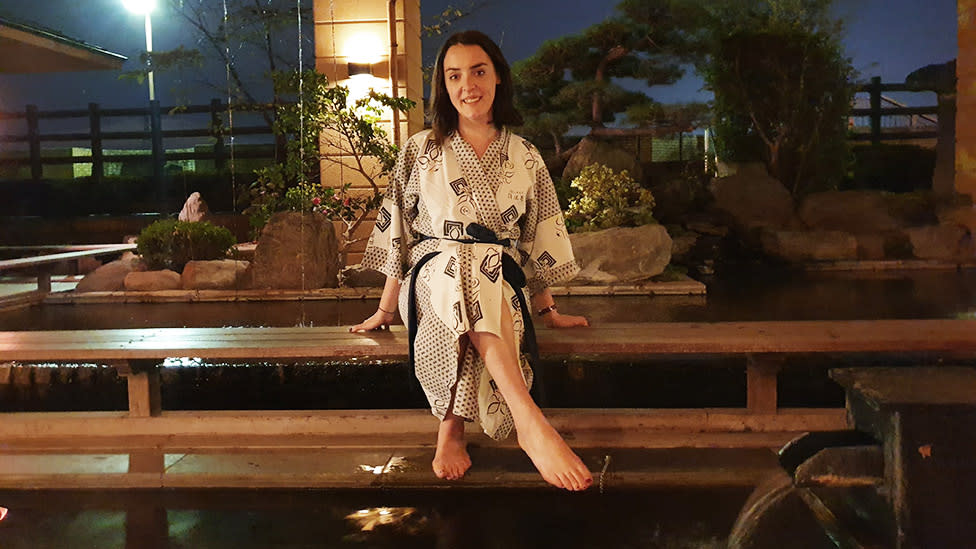
Kyushu seems to be bursting at the seams.
Japan’s south island is constantly spitting up evidence and rumblings of the tectonic fault line that runs beneath it.
Home to one of the world’s most active volcanoes, the expansive Mount Aso, it’s a place where an earthquake tremor is mundane, steam curls from cracks in the pavement, and pipes are installed to release the pressure of an area quite literally heaving with hot springs.
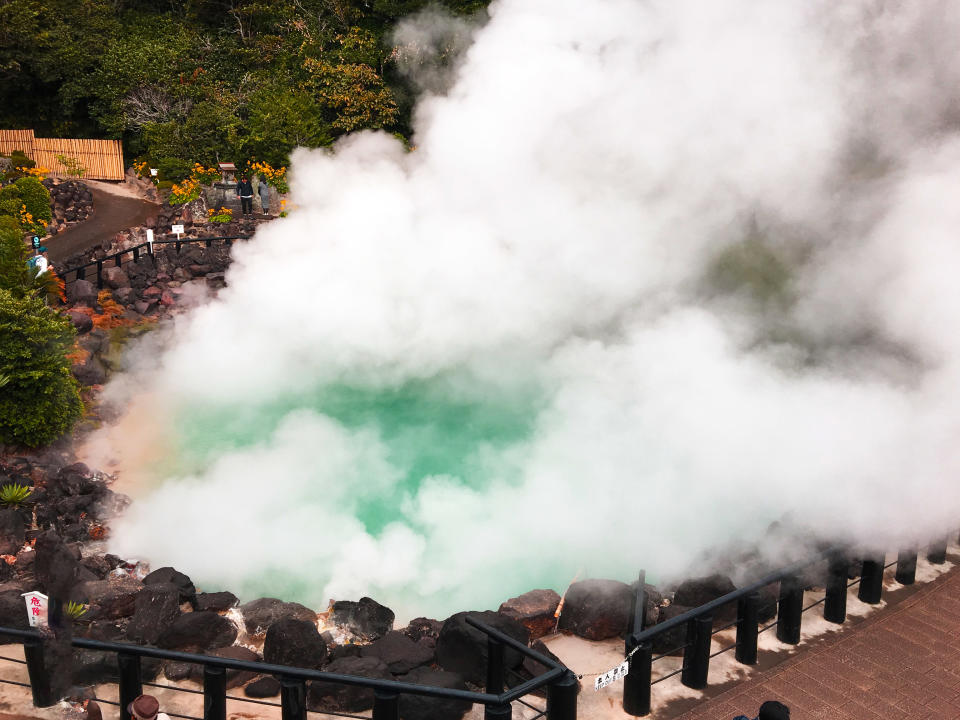
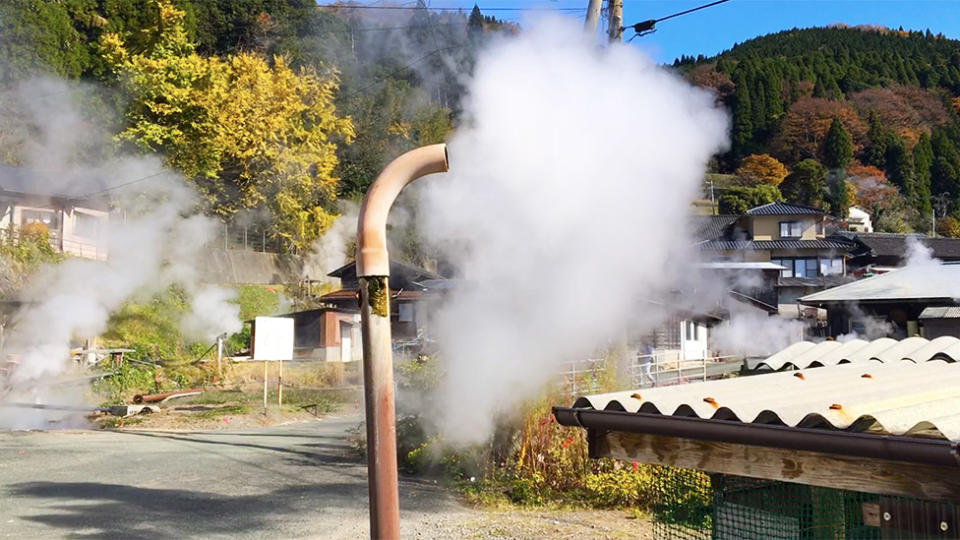
In the region’s prefectures of Kumamoto and Oita, known as Japan’s hot spring capitals, you can’t sneeze without stumbling upon the natural springs in one form or another.
In the small town of Yufuin, for example, locals enjoy a relaxing hot-spring foot spa at the local train station while they wait for their train.
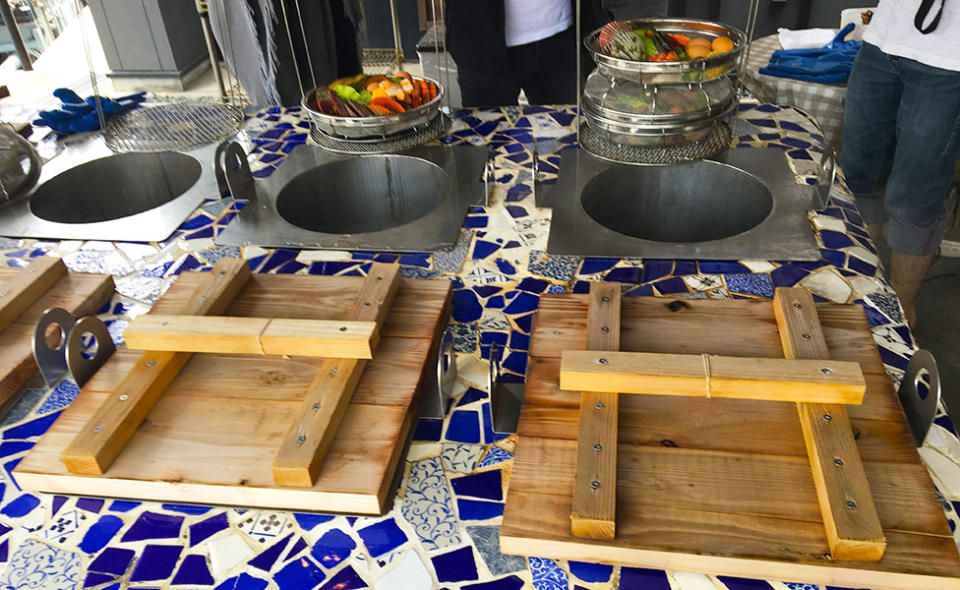
Instead of a barbeque in the local park, a public steamer can often be found in town squares, where ingredients are cooked in the volcanic steam released by the springs.
Most importantly, the area pipes the volcanic water into their famous public bathhouses, known as ‘onsens’, where locals and tourists alike can enjoy a soak in the nutrient-rich springs.
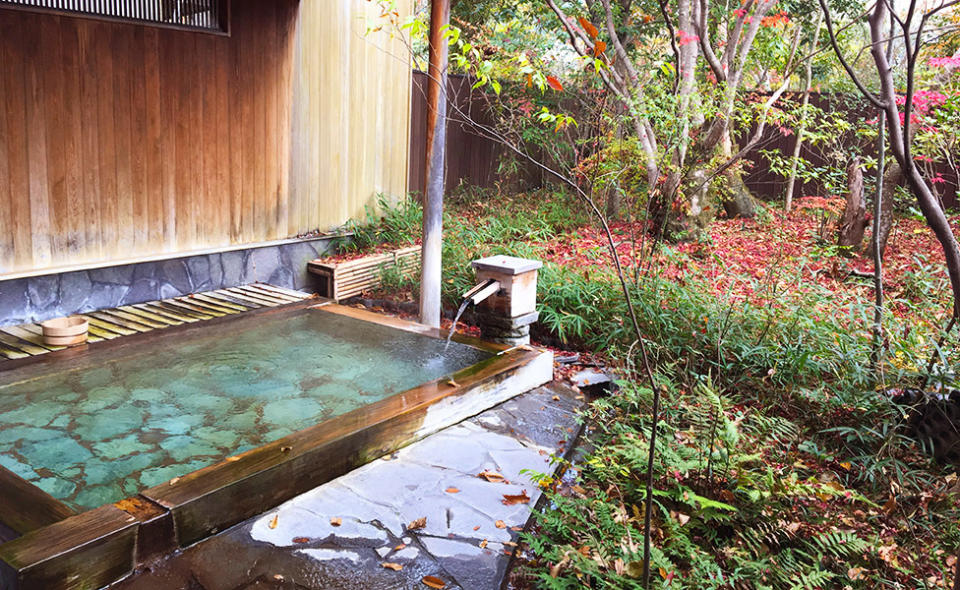
A combination of enjoying the famous spas with friends and family and eating the local cuisine produced in the nutrient-rich volcanic soil, whole towns are dedicated to onsen tourism and hotels advertise themselves based off the beauty and features of their on-site baths.
Both indoor and open-air, the baths are truly transformative, the only catch is that you have to enjoy them in the buff.
Onsen for the naked and afraid
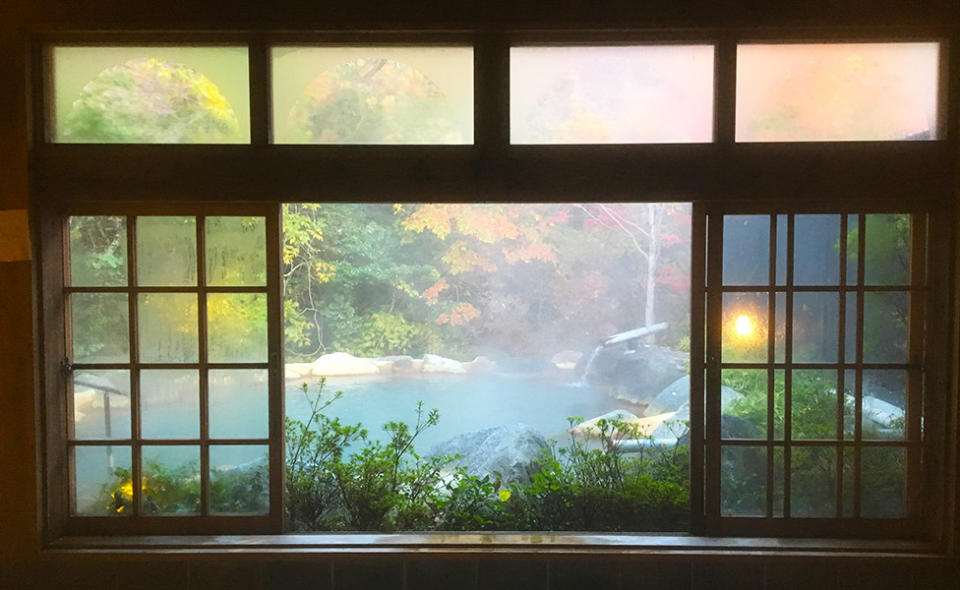
For many, the idea of stripping down and sharing a bath with a bunch of strangers doesn’t sound too ‘relaxing’, but it’s an essential part of the experience.
There are even signs translated into English so people like me can’t cry ignorance and try and stand out like a sore thumb in a pair of swimmers.
In fact, when I departed for the trip I was battling some serious anxiety about the prospect, and though I overcame it there are a few key rules to follow to optimise enjoyment and minimise embarrassment.
For the uninitiated, there is a structure to the soak unlike anything I have come across.
How not to embarrass yourself
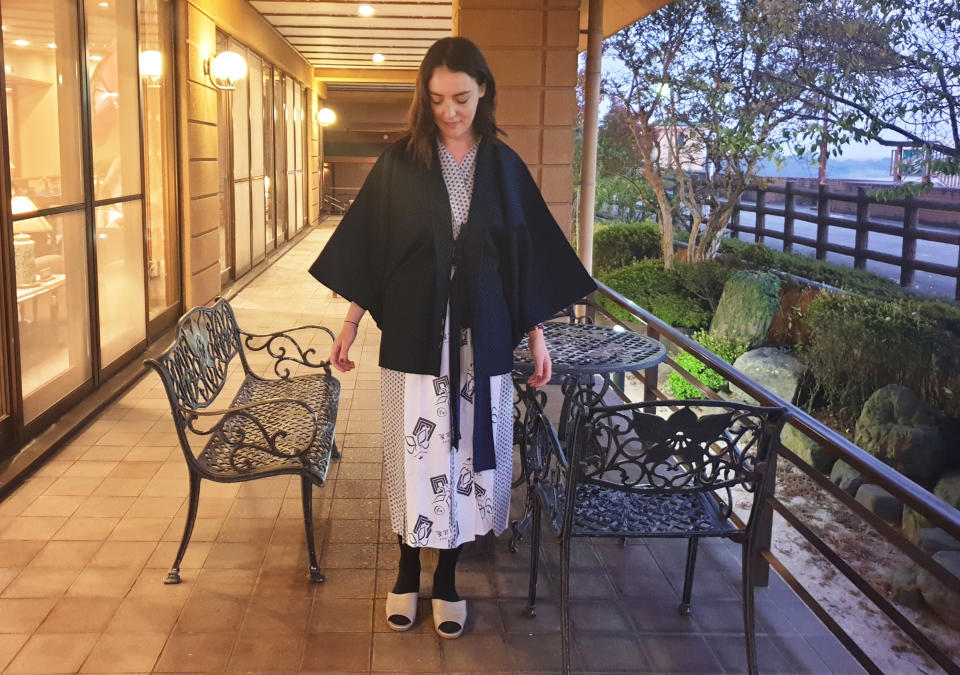
If you’re staying in a hotel they will provide traditional yukata - robes you should wear from your room to the onsen.
Do not, I repeat, DO NOT, take the nudity too far and go sans underwear.
In an attempt to convince myself, and everybody else, that I was not nervous about stripping down in front of strangers I thought I would just wear the robes and cut out the middleman.
Turns out, everybody wears underwear under their yukata and you’ll be looked upon with suspicion if you forego it, nudity must be reached in stages.
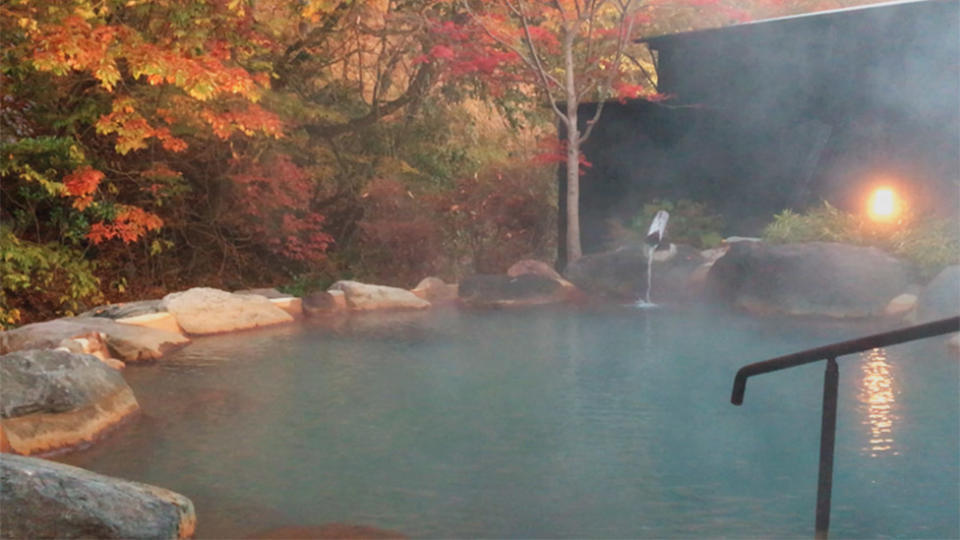
Once you remove your clothes in the dressing room, you’ll leave your belongings in a locker.
From there, it’s just you and the towels.
The bold will stride from the changeroom to the baths in their birthday suit, first-timers will try, and fail, and use the tiny provided towels to protect their modesty.
Before entering the spa it is imperative to use the showers and stools along the wall to wash.
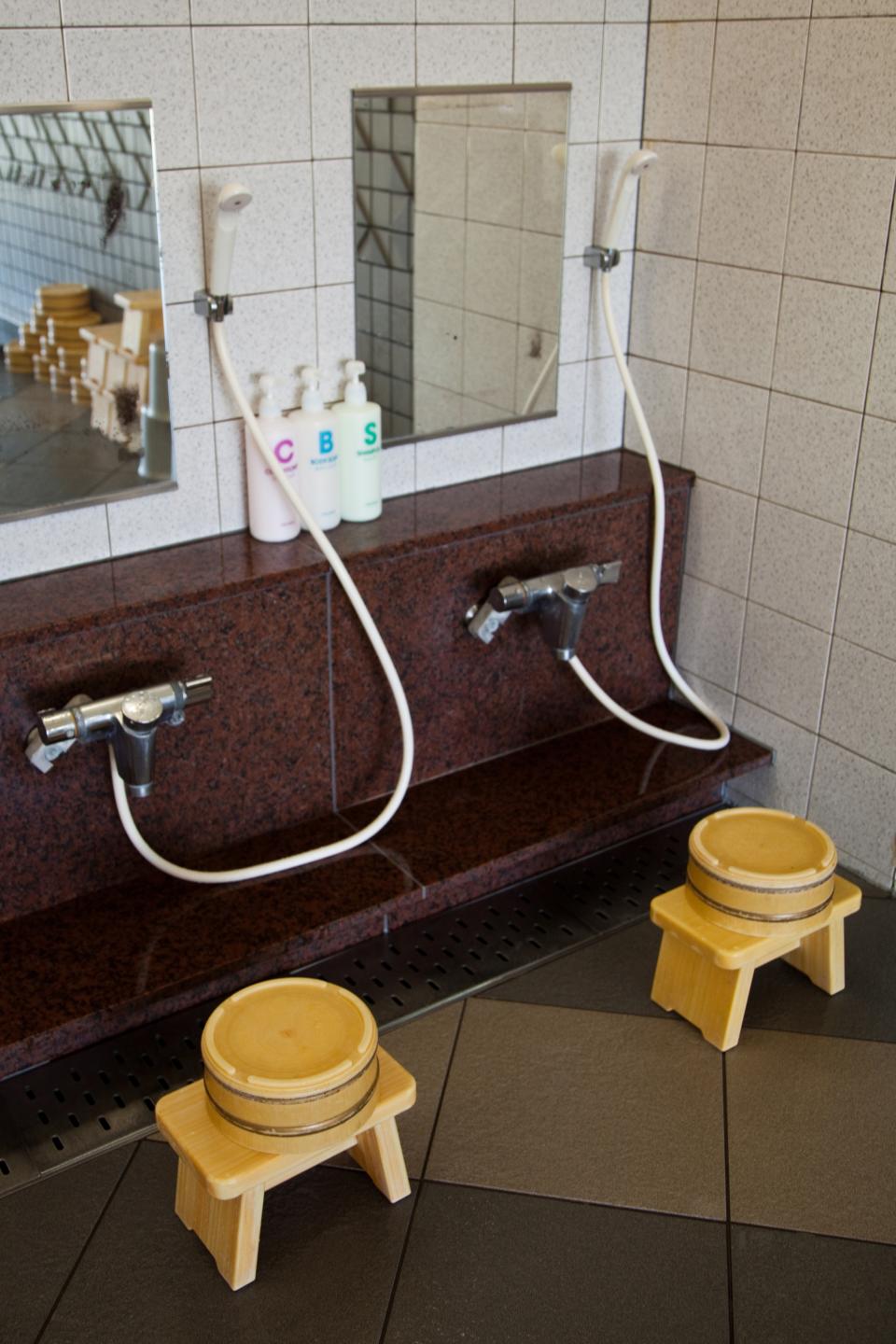
I was practically hanging onto my pearls for dear life when I contemplated the prospect of sitting and washing, absolutely starkers, in front of a bunch of other ladies, but it’s probably the most important step.
The idea behind the washing is that for the shared bath to remain hygienic, and the volcanic properties unaffected, people need to be clean, and that means no clothes, and pre-washed.
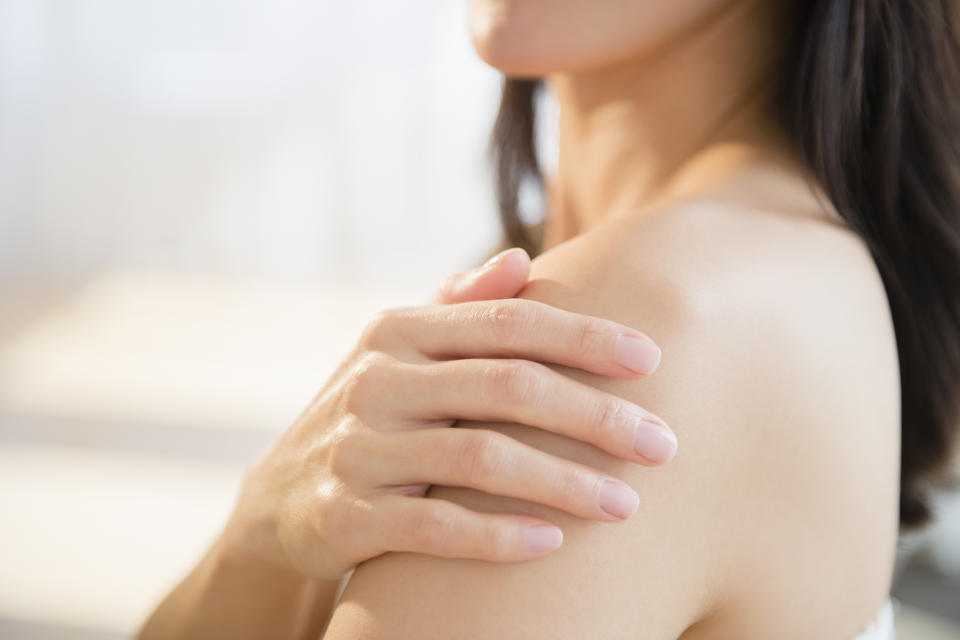
Like many before me, I braved my fear and while that first shower was the most shivering, vulnerable state I believe I have ever found myself in, I came out the other side a firm onsen convert.
It was a quick turnaround I know, but here’s the thing; no phones are allowed in the baths for obvious reasons, so quite aside from the relaxing soak and enriching minerals, some time spent sitting and doing absolutely nothing was invigorating.
I was horrified, thirty minutes into my first onsen, to realise that apart from sleeping, this was the longest time I had spent completely unstimulated, probably in years.
In breaking news, no phone, no music, no podcast and sometimes no talking in an open air bath is really soothing, and when that bath is filled with water from volcanic hot springs, the experience is tenfold.
If visiting Japan, particularly Kyushu, it’s a must-do.
How to dip your toes in before you swim
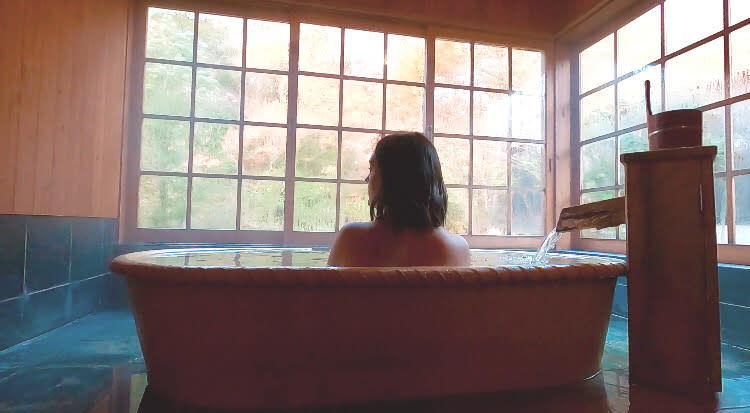
Most will stay in a ryokan, a traditional Japanese hotel, with an onsen on site, but even standard hotels include onsen in the region.
If a night in a hotel seems excessive, or beyond your price range, there are also bathhouses you can pay to enter.
In my favourite town of Kurukowa in the Kumamoto region, around thirty baths both open-air and indoor can be accessed with a pass that allows its user to access up to three baths, and it only sets you back 300 Yen, or just shy of $3.
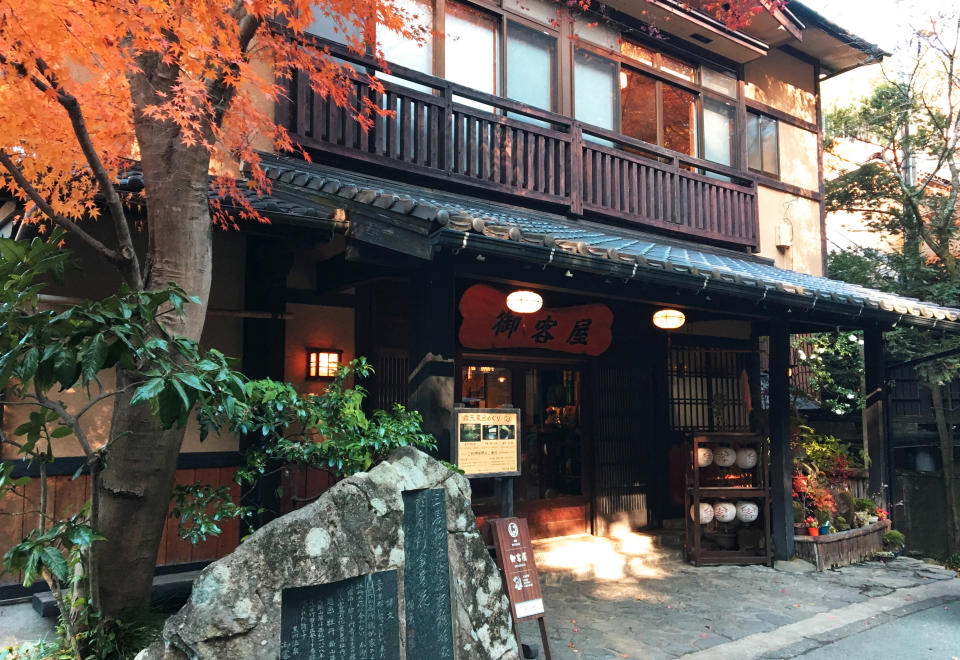
If you find yourself truly unable to embrace the nudity, a pricier Ryokan will sometimes come with private onsen in the room.
Having struck up some of the best conversations I’ve ever had with ladies in the spa, as my new, nude, shackle-free self, however, I highly recommend you brave the shared space for a real experience.
Group tours including key places in Kumamoto or Oita can be explored with Journey to the East.
The writer was a guest of JTB Travel
Got a story tip or just want to get in touch? Email us at lifestyle.tips@verizonmedia.com.

 Yahoo Lifestyle
Yahoo Lifestyle 



